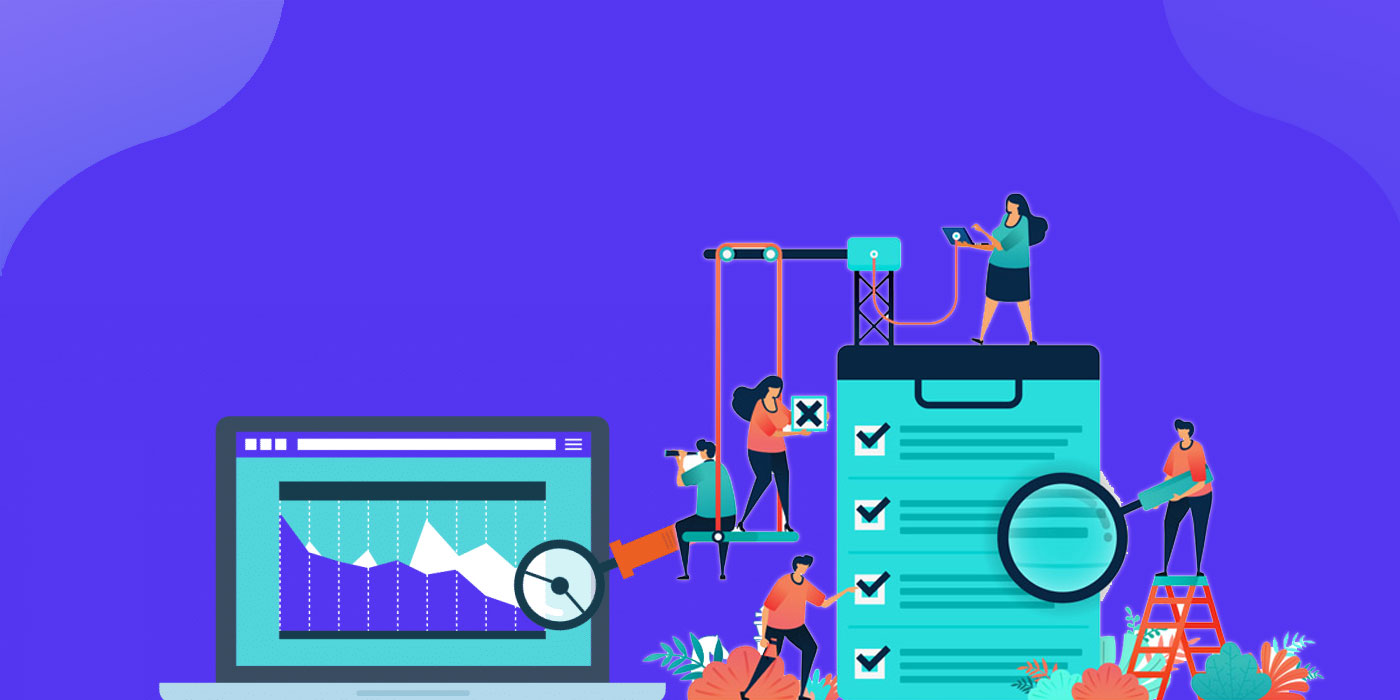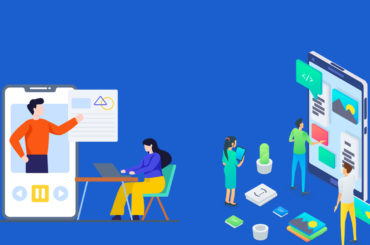Getting a Google penalty either due to willful or negligent wrong SEO practices can take your business down to its knees thanks to reduced traffic.
In 2018, Google caught millions of businesses off-guard when it issued them what it terms as “the only true penalty,” manual action.
When Google performs a manual penalty, it assigns a real human to go through your website and spot violations of its quality guidelines.
Depending on the degree of violation, showing up in search engines again could prove very tough.
Take a look at how this site’s traffic moved from over 1000 visits in a month to almost 0, days after Google hit it with a link penalty:

What a hit!
You should regularly keep an eye on who is linking to your site or what sites you are linking to. Even outbound links that go against Google’s guidelines can land you in trouble.
You can check the quality of your backlinks by using the Toxic Score tool by SEMrush.
So, what kinds of outbound links can take down your rankings?
Research into what exactly causes Google penalties
SEMrush conducted a study to determine specific factors correlating with Google penalties, how often penalties occurred based on the different factors, and a guide on how to recover from penalties and establish strong backlinks.
Below are the main pointers from the research:
1.Key takeaways
1.One poor link cannot cause a penalty. It takes 2 or more TYPES OF LINK MANIPULATION to get hanged.
2.Toxic links created years ago (say 2016) will still hurt your 2020 rankings.
3.Google is indiscriminative and will still penalize links from high domain sites if they do not meet set criteria.
4.Google often likes to penalize entire websites as opposed to a few pages on a website.
5.Exact match anchor texts or money anchors are risky business. 50% of penalized websites had these.
6.Webmasters do not provide you with a list of your unnatural links until you file for reconsideration.
7.Removing and recovering from a penalty is a difficult process that can go on for 6 months. You may have to send up to 3 reconsideration requests before Google looks your way.
2. Top 10 causes of Google penalties

Below are descriptions of these factors, the percentage of websites which experienced penalties due to each of the factors, and how to avoid and recover from Google penalty in each case.
a. Paid and sponsored links – 53%
Websites with exact match dofollow links on sponsored websites suffered the most. Such links were associated with phrases such as “sponsored by” or “advertorial content.”
Even worse, these phrases could still get you a penalty when used far from links. If you usually buy or sell links, a Google penalty could be around the corner as well.
You can avoid such penalties by using a nofollow link when promoting products, disclosing a partnership, and keeping off keyword-rich anchors.
To recover from this penalty, you should attribute such links as nofollow links. You can also disavow, which means applying for Google to remove the links from that website.
b. Guest posting and press releases – 45%
When you guest posts with exact match anchors to get backlinks, Google might catch you.
The site containing an outbound link could also get a penalty. Such practices send a red flag to Google indicating that you are engaging in a link scheme, hence violating its guidelines.
To avoid penalties, use nofollow links, use keyword variations, and avoiding direct promotion of your products in other websites.
You can recover from a penalty by disavowing and changing dofollow to nofollow links.
c. Link networks and PBNs – 27%
Private Blog and Link networks are toxic and work against your SEO efforts. Most of these free spam websites exchange exact match keywords to try and cheat their way to the top of search engines.
Characteristics of PBNs include low traffic, low authority, lack of privacy policies, missing contacts, and of course, newly launched sites.
For such links, you have to DISAVOW.
d. User-generated spam
You will find these kinds of links in forum posts, comments sections, signatures, and profiles. Although Google stated that it doesn’t penalize for links in forum profiles, these links are still risky if they are spammy and some are disguised promotional links.
In such a case, avoid a penalty by labelling such links as user-generated (rel=”ugc”) and quit the spam link club!
Disavow to recover from a Google penalty.
e. Web directories and link listings – 16%
If you link in web directories or listings, Google will penalize your site, more so if there are more than 3-5 links. To confirm whether your listings links are ruining your SEO, check their traffic and SERPs performance.
You can avoid this by resisting the urge to place links in listings. If you must, only do so in a few high-quality sites. Secondly, audit the links regularly to determine how they are performing in the SERPS. Finally, you use nofollow links or include sponsored attributes to the links that generate lots of traffic.
To recover from such a penalty, remove or disavow such links.
f. Spam – 14%
Google hates spam. You can create spammy links through keyword stuffing and linking or redirecting to an irrelevant page.
Never use spam if you want to avoid such a penalty. For spam links, you have to remove or disavow them.
g. Ads and affiliate links – 10%
Ads and affiliate links are a huge source of revenue for many businesses, but Google will not spare you either. It recommends that you use nofollow and sponsored attributes and also include an affiliate commission disclosure.
In some cases, Google still penalizes you even after following its disclosure and attribute guidelines. In such cases, remove and disavow the links.
h. Business directories and bookmarking sites – 10%
Business directories are great, low quality ones are not. Remove and disavow all links from such sites.
i. Widget links – 7%
Widgets which have embedded code leading to your site can be harmful. First, ensure they are nofollow links. If not, remove or disavow them.
However, if the widgets are linking back to highly matching content on your site (for example widget reviews,) you can leave them as they are.
Note that if use free widgets on your site, the providers may require you to place nofollow links to their site.
j. Hidden links – 4%
Hidden links are usually deliberate attempts to disguise links as plain texts. In such cases, you can make them visible nofollow links, remove them, or disavow them.
k. Site wide links – 4%
Site wide links are located in places such as the footer and sidebar on web pages. They include words such as designed or powered by.
In such cases, remove or disavow the links as soon as possible. You can also set them as nofollow links. At times, it works to use a different anchor text
l. Others – <1 %
There are various other categories that represent a very small amount of penalization. These include links in outdated job ads and links in product reviews.
Others include podcast, scholarship, adult content, auto-generated content, numerous infographic, and reciprocal links. Hot linking is also in this category.
Tips to avoid Google penalties for unnatural backlinks
1.Audit your backlinks at least once every month and look for suspicious links.
2.Vary your money anchors by using similar or related keywords.
3.Remove or disavow spam links.
4.Use nofollow attributes for doubtful links such as sponsored links.
Tips to recover from Google penalties
1.Collect all information— this will include your backlink data from Google Console, how the penalty affected and is still affecting your rankings and pages, and samples of toxic URLs provided by Google.
2.Analyze your backlinks and categorize them into good, spammy, or paid.
3.Contact sites that you want to remove the unnatural links and have them pull them down.
4.Disavow the links by preparing a .txt disavow file and submitting it to Google.
5.Send a request for reconsideration to Google detailing what steps you took to clean up the mess.
Do not let the Google penalty fall on you! Ultimately, it saves both time and money if you focus on preventing Google penalties by regularly monitoring and cleaning your backlinks. Additionally, always use white-hat tactics to build your link profile.
Read complete report here.





